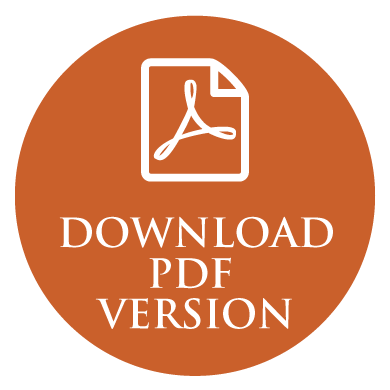Auto insurance policies contain language that can sometimes be difficult to interpret. For this reason, it is important that when you obtain or renew your policy, you review it and understand what you are purchasing. Understanding your policy can make the difference between being well protected or facing unexpected expenses when you need coverage the most.
The following are some important points for you to understand and help you interpret your coverage.
- Declaration Page (The Dec Page) – is the summary of your policy. Generally, this page contains the following information:
- Policy number and period (when the coverage starts and ends)
- Insured’s details (name, address, etc.)
- Vehicle details (year, make, model, VIN number)
- Drivers included in the policy
- Types and limits of coverage
- Deductibles – what you pay out of pocket before the insurance kicks in. The higher the deductible, the lower the premium, and vice versa.
- Premium (total cost broken down by coverages)
- Discounts applied if any
- Insurance Agreement – establishes what the insurance company agrees to offer in exchange for the premium payment
- Definitions – explains what each of the terms used in the policy means, according to insurance language. You should familiarize yourself with the terms as they might mean something different within the insurance company.
- Coverage Details – explains what each of the coverages offers, with their liability limits. The coverages generally are:
- Liability Insurance
- Bodily Injury – covers injuries you cause to third parties
- Property Damage – covers damage you cause to someone else’s property
- Liability coverage is classified into three amounts:
- limit per person for bodily injuries
- limit per incident for bodily injuries
- limit for property damage
- Using the recommended amounts of $100,000, $300,000, and $100,000, the limits are generally expressed as 100/300/100.
- Medical payments – this coverage will pay for the medical treatment of the policyholder and any passenger who was in the vehicle and suffered injuries during a car accident, regardless of who was at fault.
- Damage to your car
- Collision – covers damages to your car caused by accidents.
- Comprehensive – covers damages your car suffered due to theft or other reasons that were not a collision, such as vandalism, natural disasters, among others.
- Liability Insurance
- Exclusions – establishes what is not covered in the policy.
- Conditions – establishes the rules you must follow to ensure you maintain your coverage.
- Endorsements or additional clauses – establishes the modifications or additions to the policy, as requested by the client.
As a responsible consumer, take the time to analyze and understand each detail of your auto insurance policy. When obtaining or renewing your policy, this will benefit you as you will be able to obtain coverage that fits your needs.
If you have doubts or questions about your coverage and are unsure if you have sufficient insurance, do not hesitate to contact us at 787-708-6362, and we will be happy to review your policy to ensure you have the correct coverage.







